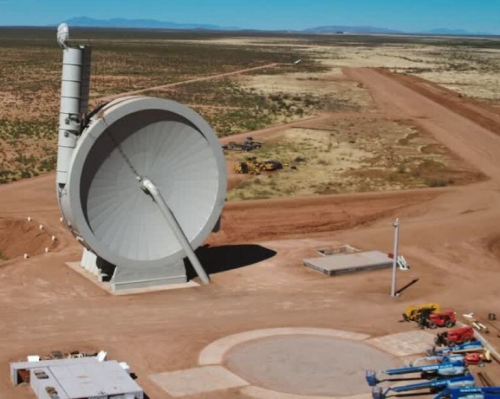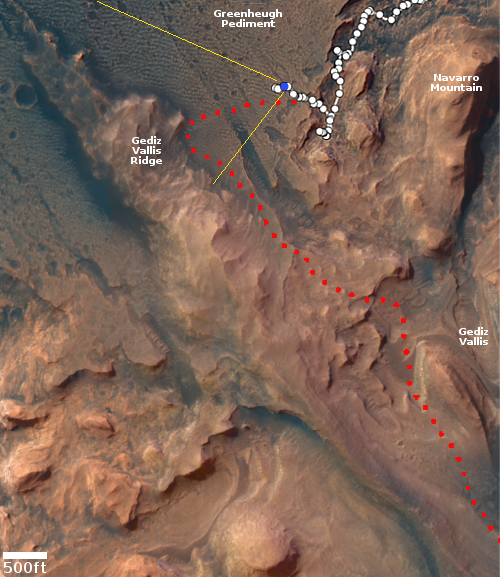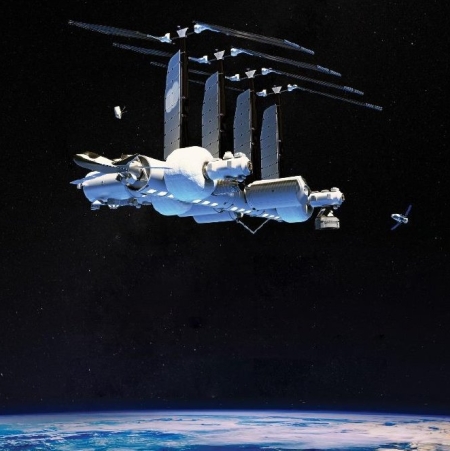French company raises €2 million to launch commercial solar sail
Capitalism in space: The French startup Gama has successfully raised €2 million to build and launch its first test solar sail, with the goal of eventually selling those sails for other interplanetary missions.
Gama plans to deploy a 73.3-sq-metre solar sail in a 550km-altitude orbit in October. It will be launched as an additional payload on a SpaceX rocket.
There have been a number of previous solar sail deployment tests by Nasa and the American space advocacy group the Planetary Society. However, the Japan Aerospace Exploration Agency had been the only organisation to successfully sail on sunlight. In 2010 it used a solar sail to power the experimental Ikaros (Interplanetary Kite-craft Accelerated by Radiation of the Sun) spacecraft to Venus.
If successful the company will follow with two more test missions in ’24 and ’25, first testing at higher orbit and testing in interplanetary space.
Capitalism in space: The French startup Gama has successfully raised €2 million to build and launch its first test solar sail, with the goal of eventually selling those sails for other interplanetary missions.
Gama plans to deploy a 73.3-sq-metre solar sail in a 550km-altitude orbit in October. It will be launched as an additional payload on a SpaceX rocket.
There have been a number of previous solar sail deployment tests by Nasa and the American space advocacy group the Planetary Society. However, the Japan Aerospace Exploration Agency had been the only organisation to successfully sail on sunlight. In 2010 it used a solar sail to power the experimental Ikaros (Interplanetary Kite-craft Accelerated by Radiation of the Sun) spacecraft to Venus.
If successful the company will follow with two more test missions in ’24 and ’25, first testing at higher orbit and testing in interplanetary space.









